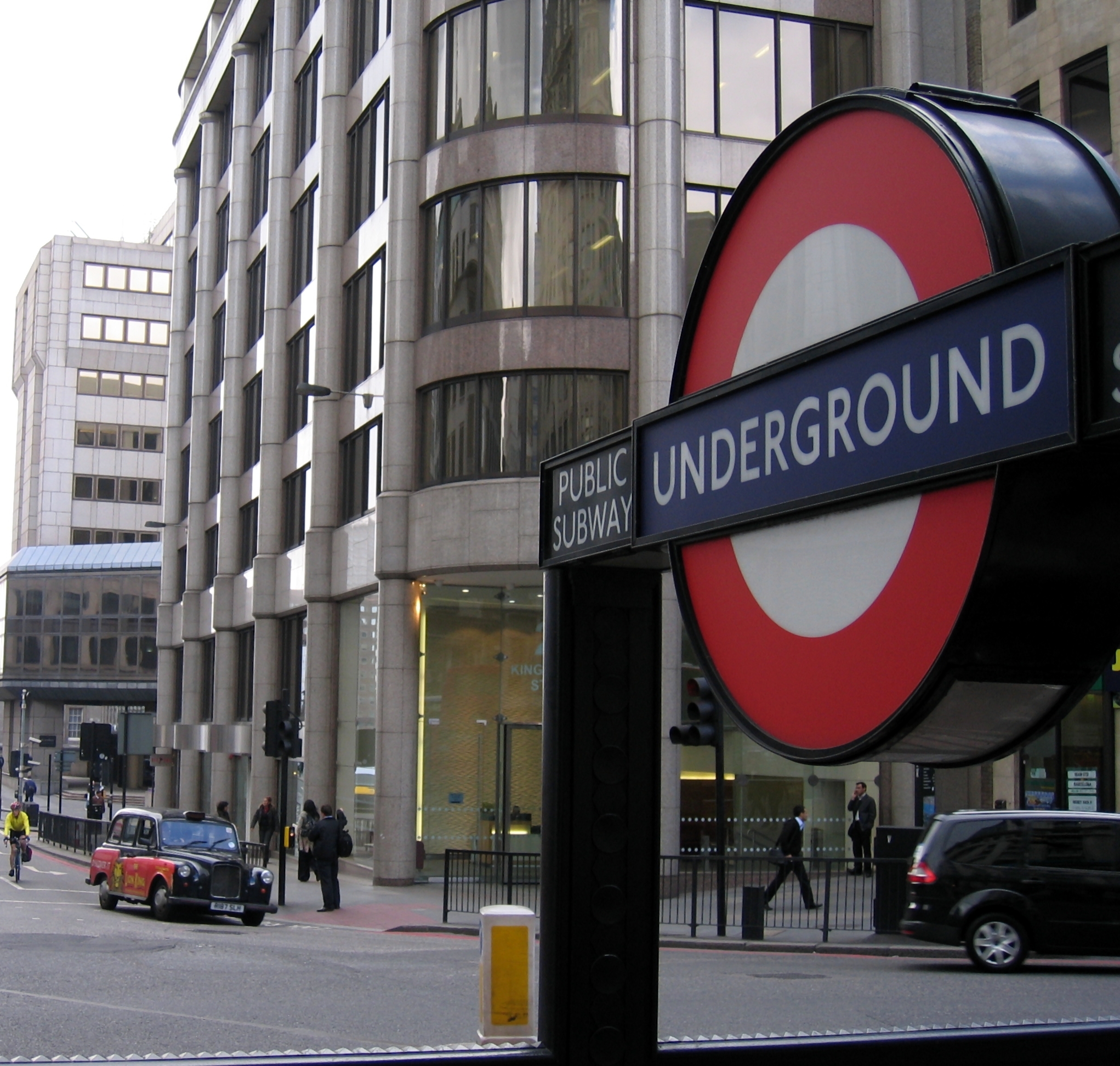Household Bills
London Congestion Charge to be hiked to £15 a day

The London Congestion Charge will be back in force on Monday while next month, drivers will need to fork out £15 every day to drive in the capital.
From Monday 18 May, the Congestion Charge, Ultra Low Emission Zone and Low Emission Zone will be reinstated after being suspended in March to help key workers get to work safely.
But from 22 June, the Congestion Charge will be hiked from £11.50 a day (Monday to Friday) to £15 a day every day, and will operate from 7am to 10pm.
This would “prevent London’s roads from becoming unusably blocked”, Transport for London (TfL) and the Mayor of London, Sadiq Khan, said.
Khan said: “Covid-19 poses the biggest challenge to London’s public transport network in TfL’s history. It will take a monumental effort from all Londoners to maintain safe social distancing on public transport as lockdown restrictions are gradually eased.
“That means we have to keep the number of people using public transport as low as possible. And we can’t see journeys formerly taken on public transport replaced with car usage because our roads would immediately become unusably blocked and toxic air pollution would soar.”
The temporary measures are expected to reduce journeys within the Congestion Charge zone by a third and would significantly reduce air pollution in the capital compared to pre-Covid-19 levels.
However, the Congestion Charge reimbursement scheme would be extended and will also be available to care home workers. Further ,the Santander Cycles code allowing NHS workers unlimited 30-minute journeys has been extended to 1 July 2020.
‘Not the deal I wanted’ as ‘Londoners pay for the cost of doing the right thing’
Khan said reviewing the Congestion Charge was a condition imposed by the government in providing funding for TfL.
He explained that in the last few years, London hasn’t received direct government funding to run day-to-day transport services, meaning it relies heavily on passenger fares.
As fares income has fallen 90% over the last two months because of the coronavirus lockdown, “there simply isn’t enough money coming in to pay for services,” he said.
As part of the £1.6bn government bail-out package for the capital, which came just days after the public were urged to drive, walk or cycle rather than use public transport as sectors open for business, Khan said he had no other choice but to accept the conditions.
“We have just reached agreement with the government on a funding package to allow TfL to run public transport safely in London for the next four and a half months. This was necessary because Covid-19 has had a catastrophic impact on TfL’s finances – as it has on every transport provider in the UK.
“I want to be completely honest and upfront with Londoners – this is not the deal I wanted. But it was the only deal the government put on the table and I had no choice but to accept it to keep the Tubes and buses running.
“The government is, in effect, making ordinary Londoners pay the cost for doing the right thing on Covid-19. They want fares to go up next January – ending the four years fares freeze I delivered after the last election. They have insisted that free travel is temporarily suspended for Freedom Pass and 60-plus card holders at peak times. We agreed it was the right thing to review the Congestion Charge.
“This deal is a sticking plaster. The old model for funding public transport in London simply does not work in this new reality – fares income will not cover the cost of running services while so few people can safely use public transport. Over the next few months we will have to negotiate a new funding model with government – which will involve either permanent funding from government or giving London more control over key taxes so we can pay for it ourselves – or a combination of both.”
Documents reveal that even with services running at full capacity, only 13-15% of the normal numbers of passengers can be carried with 2m social distancing maintained.
Londoners are urged to work from home if they are able to and those who can’t are advised to walk or cycle where possible. Public transport should only be used if it is “absolutely necessary”. Where people do travel, they should do so outside of peak hours, wear a non-medical facial covering and carry a hand sanitizer.